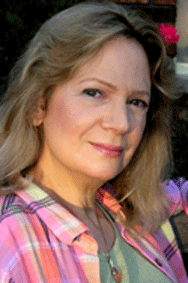Note to Readers – Every now and then, I will re-post a blog entry that has withstood the test of time. Whether you missed it the first time ‘round or read it years ago, I feel it’s worth sharing again. This month’s BOOKS ‘n’ BOTTLES™ book, Last Chance Mustang by Mitchell Bornstein, is the inspired and inspirational true story about the unique bond forged between a man and a spirited wild mustang with an ugly, abusive past. This blog post honors the bonds between celebrated authors and their animal muses. Here’s what I wrote about those relationships on April 14, 2013.
My daughter, Kenna, suggested I write about writers’ pets. The menagerie in our home includes a calico cat named Katje, a dwarf hotot rabbit named Oliver and a betta fish named Tidus. Past residents included Arrow (English Pointer), Dusty (mini-lop), guinea pigs Mücki and Rosette, and a goldfish named Sunset. All have been amusing, but only one has been a muse for me, resulting in my prose poem, Katje Must Be Fed. My niece, Leisa, also has a variety of pets but it was her first pug that inspired her to write the children’s picture book, Pugsley’s Imagination.
Dogs have been favored by the likes of Steinbeck, Cheever, Doctorow, Vonnegut, Sendak, Wharton, Dorothy Parker, Stephen King, Virginia Wolf and Robert Penn Warren (who saluted Tolkien by naming his dog Frodo). Cats were companions to such literary luminaries as Twain, Dumas, Beckett, Huxley, Kerouac, Collette, Eliot, Plath, Sartre (his cat was Nothing) and Raymond Chandler (whose Persian purred while perched on his manuscripts as Chandler edited). Polar opposites Hemmingway and Capote owned both cats and dogs (the progeny of Hemingway’s famous six-toed cats still roam the Hemingway House & Museum in Key West, FL).
As far as I can tell, authors choose cats more often than dogs to share their lives. This may not be a matter of personalities (authors’ or species’) as much as it is a result of lifestyle. An author living in the countryside might like to take thoughtful walks with a canine companion while a city-dwelling author might view dog walking as stealing writing time. Cats tend to be more independent — or less needy — than dogs, depending on how you feel about felines vs. canines.
Then again, look at which authors have chosen dogs and which have chosen cats. Do you see any trends? And what can we imagine about writers with more “exotic” tastes in pets? Those would include some obvious ones such as Beatrix Potter (rabbit) and Marjorie Kinnan Rawlings (raccoon). But how do you explain Flannery O’Connor (peacocks) or Lord Byron (peacocks, crocodile, crow, heron, fox and bear — oh my!)?

